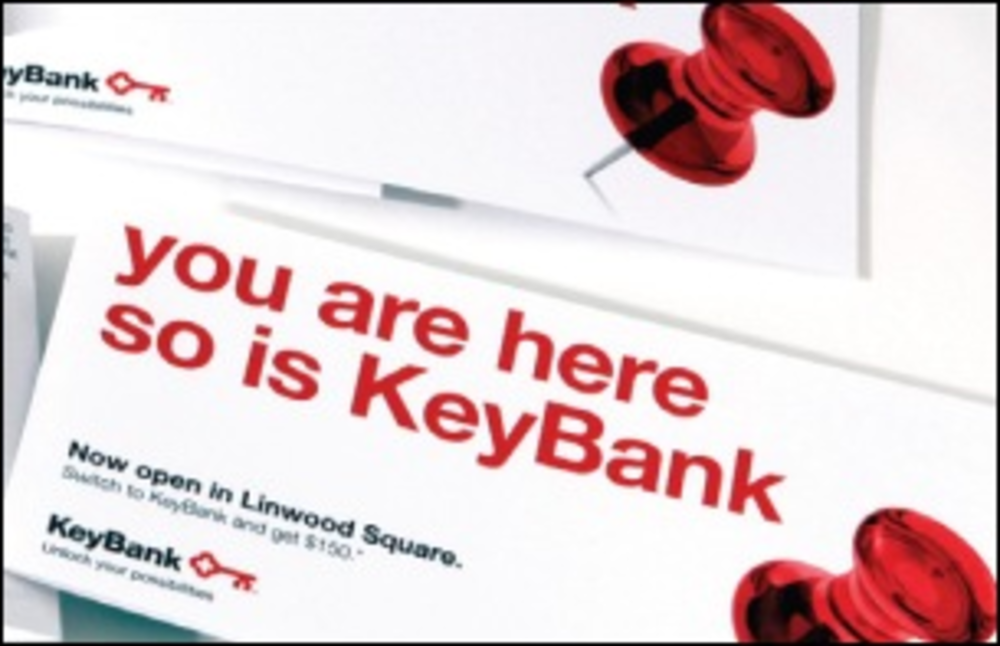Client: KeyBank
Agency: Purple@Epsilon
Objective: Key Bank wanted to streamline its direct mail marketing processes to cut costs.
KeyBank, a division of KeyCorp, was spending an inordinate amount of time and budget on the creative portion of its direct marketing efforts to consumers and small business customers.
For a division that drops more than 10 million pieces of mail annually, that approach was not working any more. “We changed creative on a regular basis and drove up cost,” says Leslie Christensen, senior account director, relationship manager at Purple@Epsilon, the bank’s agency of record for the past 15 years.
Ken Chipman, director, database marketing and analytics at KeyBank, says the approach also had a negative impact on consistency: “There was no continuity in terms of messaging.”
In addition to these challenges, response rates were steadily declining, a trend familiar to many financial services companies.
Strategy: KeyBank shifted its marketing strategy to a templated direct mail approach. “We felt if we could standardize the creative, we could continue to work on the data and offer strategies and be able to test more efficiently,” Christensen says.
The six templates were designed with flexibility in messaging and offers, so that ? for example ? a buckslip can be inserted and seen through a window or photography can be switched out depending on the recipient. KeyBank was able to pre-print the templates and then simply laser print fresh copy for each campaign.
Pre-printed creative on hand also enabled the company to get in market quickly.
Results: The bank saved in several ways. Buying paper in bulk and pre-printing made a significant difference. Cost per piece mailed was reduced by 17.5%, or 10 to 15 cents per piece. KeyBank mailed significantly less compared with 2009 because mailings were more targeted.
In the January through August time period year over year, Purple@Epsilon saved KeyBank $100,000 in creative hours, and more than $1 million on creative and production combined. Christensen says, “It means we are billing less, but it was the right thing to do.”
Best of all, response rates have been maintained through the changes. “We maintained response rates and lowered costs, so the ROI is up,” Christensen says.








